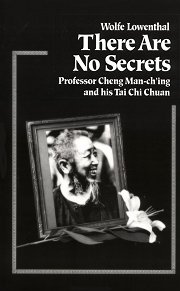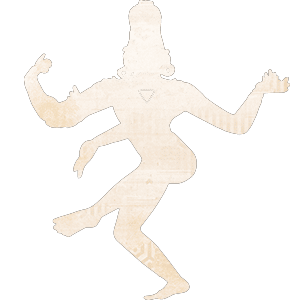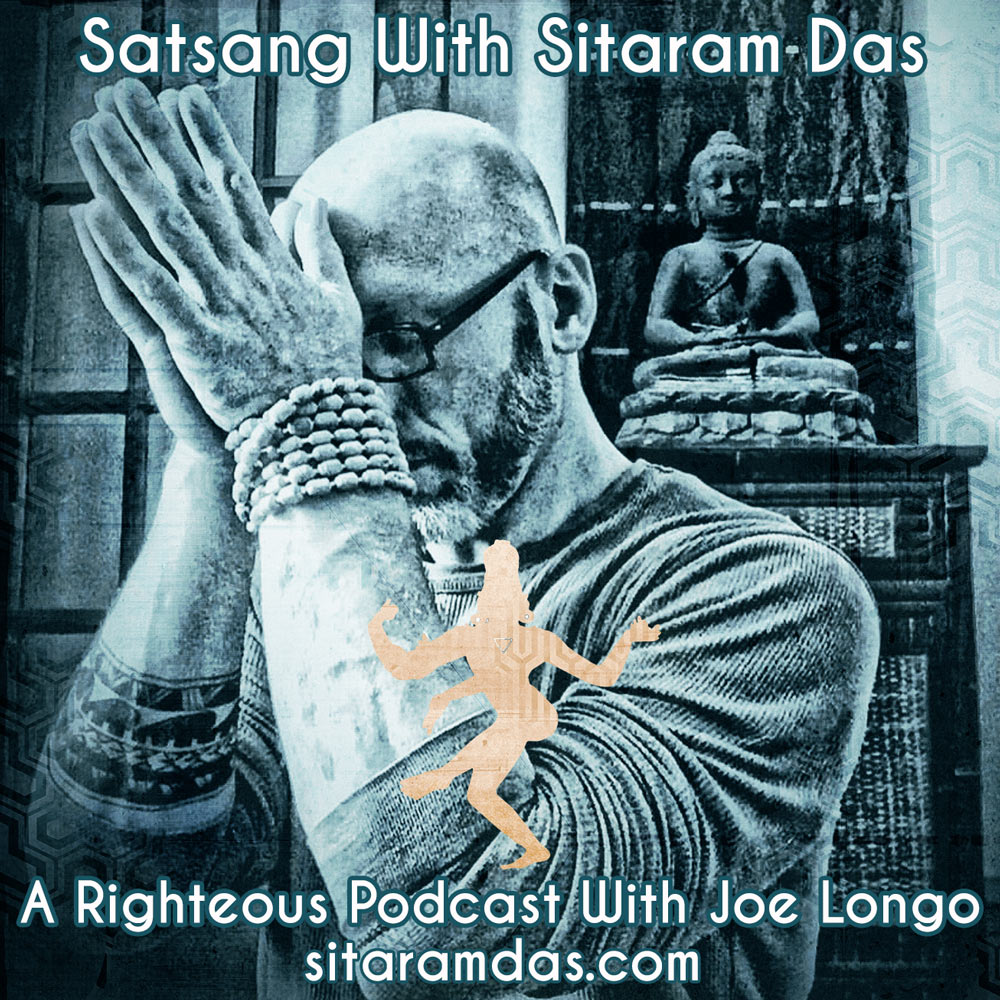by Sitaram Das | Mar 17, 2013 | meditation, Uncategorized
I find the Duncan Trussel Family Hour Forum to be really interesting. I was on there the other day, and was reading a thread about western magic, and their rituals. There was a practice called ‘The Gnostic Pentagram Ritual’. It struck me that it was very similar to a practice that I do, only with traditional tantric visualization, meditation and mantra. So, I decided to type my practice out, in both the interest of serving people who might find this practice useful, and also as a curiosity for those who simply like to compare spiritual practices cross culturally. I hope you enjoy.
(more…)
by Sitaram Das | Jan 3, 2010 | Book Club

A few new books made their way into The Library recently, under some fairly auspicious circumstances. The first two books, The Play of God: Visions of the Life of Krishna and There Are No Secrets: Professor Cheng Man Ch’ing and His T’ai Chi Chuan
and There Are No Secrets: Professor Cheng Man Ch’ing and His T’ai Chi Chuan , I found one fine morning strolling the streets of Brooklyn. After a delightful breakfast with a dear old friend, we wandered past three big boxes of books on the street. There were a few other book hounds rifling through, and I just couldn’t help but take a moment. How delightful that these two books jumped out!
, I found one fine morning strolling the streets of Brooklyn. After a delightful breakfast with a dear old friend, we wandered past three big boxes of books on the street. There were a few other book hounds rifling through, and I just couldn’t help but take a moment. How delightful that these two books jumped out!
I have only had the chance to briefly go through them, but it appears that ‘The Play’ takes a comprehensive view of Krishna’s entire life, sharing his exploits from His Childhood stealing butter, to his part in the fierce battle of the Mahabharata.

‘No Secrets’ is one of those totally cool spiritual memoirs written about a teacher by one of their students. These books are fun; the students love to raise the teacher up to superhuman status, with great wisdom and mystical powers. The Professor in this story does not disappoint. Very enjoyable, so far.
The Third book, Chod in the Ganden Tradition: The Oral Instructions of Kyabje Zong Rinpoche , I found at a bookstore 50% off. Not as magical as finding it in a box on the street, but still very fortunate. I enjoy delving into the depths of Chod, in both practical and theoretical ways, and this text seems to fit the bill. Its author, Kyabje Zong Rinpoche, seems to be qualified. He is pictured above, playing the traditional Chod Drum.
, I found at a bookstore 50% off. Not as magical as finding it in a box on the street, but still very fortunate. I enjoy delving into the depths of Chod, in both practical and theoretical ways, and this text seems to fit the bill. Its author, Kyabje Zong Rinpoche, seems to be qualified. He is pictured above, playing the traditional Chod Drum.
You can find these books here:
The Play of God: Visions of the Life of Krishna
There Are No Secrets: Professor Cheng Man Ch’ing and His T’ai Chi Chuan
Chod in the Ganden Tradition: The Oral Instructions of Kyabje Zong Rinpoche
by Sitaram Das | Dec 24, 2009 | Book Club

Siddhar Thirumoolar
I discovered a new text recently. Love it. From the Tamil, Southern India, The Thirumandiram has a slightly different vibe from the northern, Kashmiri literature that I am a little more used to. These teachings of Siddhar Thirumoolar are said to be the seed that later blossomed into Saiva Siddhanta, a very heartfelt and devotional approach to the worship of Shiva and the understanding of the universe.
The book is three separate volumes, and contains nine Tantras within. I’ve perused up to Tantra five, at which point it was clear to me that I need to spend some more time with the first four. Which is fine, because they are plenty remarkable.
I want to share with you the first verse of the first Tantra. It is delightful, full of Bhakti, and much like the first sutra of Patanjali’s Yoga Sutras, seems to sum up the whole deal. If you think I’m wrong, I’m happy to hear your argument. I am new to this text, after all.
He came down from heaven, clothed in body,
Karma to match, stretched forth His cool Feet of Grace, from time immemorial
And lo! inside me He stood, melting my yielding heart;
And filled my eyes with peerless bliss, past all compare,
All impurity dispelled.
This one verb, it really does it for me, it’s a verb that shows up in other verses, and also, in the intro. It’s all about the melting. The goal, is to melt the heart into the universal love of Shiva, and to melt the mind and ego into His universal consciousness. It is similar to the melting that happens to salt when it is placed into water.
To make this practical, one can visualize their body as if it were made of a solid block of salt. Perhaps that lovely pink Himalayan mountain salt. Then one can meditate on the body melting and dissolving into a vast ocean. One realizes that the individual self is not extinguished or negated by this melting. Instead, there is the experience of expanding into and merging with this vastness. We find that while the small self still exists, the wondrous bliss of Shiva’s reality supersedes petty individual concerns.
I highly recommend this book, and wil be posting more about it in the coming weeks. The practices in the book, along with the devotional reminders can powerfully orient the mind toward the ultimate and support our soul’s illumination.




